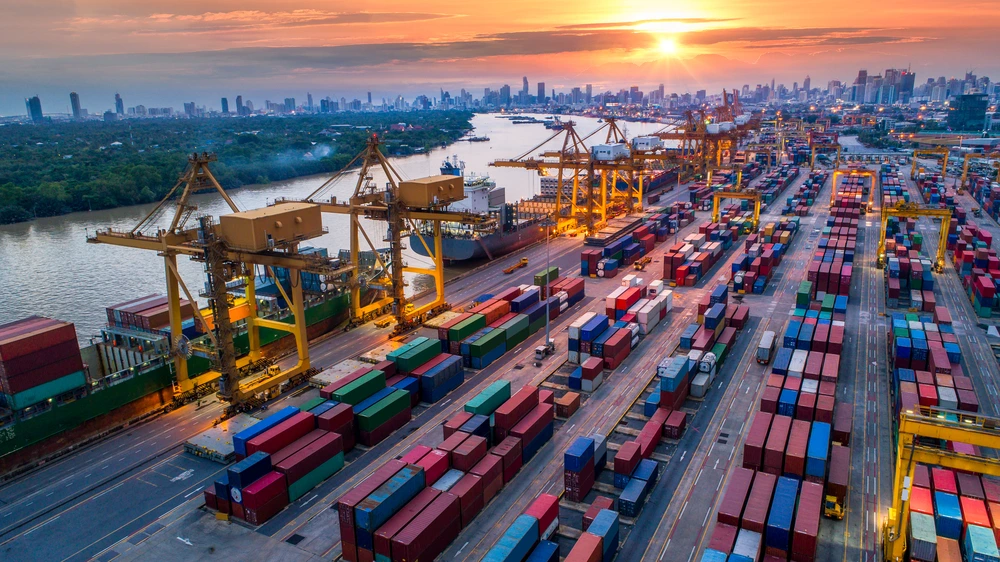Agricultural economists and industry leaders point to Brazil’s potential to reshape global food supply chains as U.S. protectionist policies under Donald Trump disrupt traditional trade patterns.
With China importing over 65% of Brazil’s soybeans and the U.S. imposing tariffs on steel and aluminum, experts argue Brazil’s pragmatic diplomacy and agricultural prowess position it to fill gaps left by American exporters.
The South American nation already leads global exports of soybeans, corn, beef, and poultry, accounting for 25% of its GDP and 44% of total exports. Decades of investment in agricultural technology helped Brazil triple soybean yields since 1990 while expanding crop areas by just 50%.
Its unique capacity to harvest three crops annually on the same land—unmatched by U.S. producers—gives it structural advantages. Yet logistical bottlenecks threaten progress.
Only 15% of Brazil’s grain travels by rail compared to 60% in the U.S., forcing trucks to navigate crumbling highways that add $30 per ton to export costs. Storage shortages compound delays, with facilities holding just 65% of harvests against UN-recommended 120% buffers.
 Brazil Poised to Replace U.S. as Global Food Supplier Amid Trade Shifts. (Photo Internet reproduction)
Brazil Poised to Replace U.S. as Global Food Supplier Amid Trade Shifts. (Photo Internet reproduction)China’s shift toward Brazilian suppliers accelerated during the U.S.-China trade war, with soybean exports surging 20% annually between 2017 and 2021. This dependency carries risks—Brazilian farmers now allocate 80% of soybean acreage to Chinese demand.
Brazil’s Agricultural and Infrastructure Challenges
Meanwhile, U.S. tariffs on Brazilian steel and aluminum underscore lingering trade tensions. “We’re not just replacing others—we’re racing to boost productivity,” stressed Luiz Augusto de Castro Neves, president of the Brazil-China Business Council.
Infrastructure remains the critical hurdle. Moving soybeans from Mato Grosso farms to Shanghai costs twice as much as shipping from Illinois due to Brazil’s reliance on trucks and congested ports.
Rail projects like the Ferrogrão grain line promise relief but face delays. Farmers also grapple with sustainability pressures, as 60% of Brazil’s emissions stem from land-use changes linked to agriculture.
Technological adaptations offer solutions. Precision farming powered by AI and satellite monitoring now guides 40% of large-scale plantations, reducing water use by 20% while raising yields.
In Rio Grande do Sul, century-old irrigation techniques produce rice considered superior to U.S. hybrids, dominating 70% of domestic output. “Our edge comes from adapting foreign tech to tropical conditions,” explained agronomist Ivo Mello.
While Brazil’s agricultural output could feed 1.5 billion people annually, experts caution that replacing U.S. dominance requires balancing expansion with stability.
As global food demand projects 50% growth by 2050, Brazil’s ability to upgrade infrastructure and maintain non-aligned trade relationships will determine whether it becomes a lasting solutions provider—or remains a bulk commodity exporter vulnerable to price swings.
The stakes extend beyond economics: with 15 million jobs tied to agribusiness, Brazil’s choices reverberate through global food security and geopolitical alliances.

 By The Rio Times | Created at 2025-03-31 10:15:54 | Updated at 2025-04-03 21:50:04
3 days ago
By The Rio Times | Created at 2025-03-31 10:15:54 | Updated at 2025-04-03 21:50:04
3 days ago








